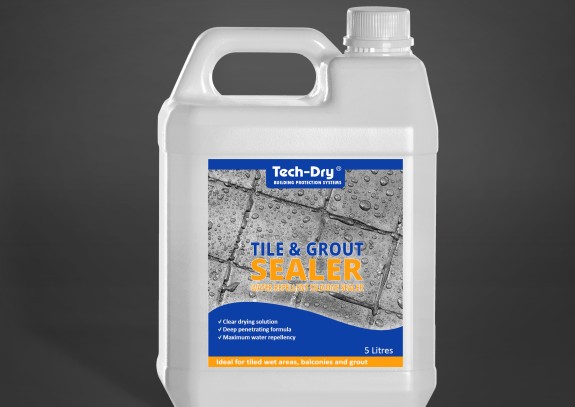Grout Sealer vs. Silicone Sealant: When to Use Each for Best Results

When it comes to tiling projects, whether it's a bathroom renovation or a kitchen backsplash, two products often come into play: grout sealer and silicone sealant. While both serve to protect and enhance the longevity of your tiled surfaces, they have distinct properties and purposes. Understanding when to use each is crucial for achieving the best results.
Silicone Sealant: Sealing the Gaps
Water based silicone sealant, also known as caulk, is a flexible, waterproof material used to seal gaps and joints between different surfaces. Unlike grout, which is rigid, silicone sealant can expand and contract, accommodating movement and preventing cracks.
When to use silicone sealant:
- Changes of plane: Use silicone sealant where two different surfaces meet at an angle, such as where the tile meets the bathtub, countertop, or wall. This creates a watertight seal that prevents water from seeping behind the tiles.
- Movement joints: In areas where movement is expected, such as along the edges of a tiled floor or around a shower pan, silicone sealant provides the necessary flexibility to prevent cracks.
- Dissimilar materials: When joining tile to other materials like metal or glass, silicone sealant creates a flexible bond that can accommodate differences in expansion and contraction.
Grout Sealer: Protecting the Grid
Grout, the material that fills the spaces between tiles, is porous and susceptible to water absorption, stains, and mildew growth. This is where grout sealer comes in. Grout sealer is a liquid applied over the grout lines to create a protective barrier. It penetrates the grout, filling its pores and preventing water and dirt from entering.
When to use grout sealer:
- After new tile installation: Always apply grout sealer after installing new tiles and allowing the grout to cure completely. This provides immediate protection against potential damage.
- Regular maintenance: Grout sealer should be reapplied periodically, typically every 1-2 years, depending on the level of use and exposure to moisture. This ensures continued protection.
- High-moisture areas: In areas like showers and backsplashes, where water exposure is frequent, grout sealer is essential to prevent water damage and mold growth.
Using the right product in the right place will provide the best protection against water damage, stains, and cracks, keeping your tiles looking their best for years to come.

Comments
Post a Comment